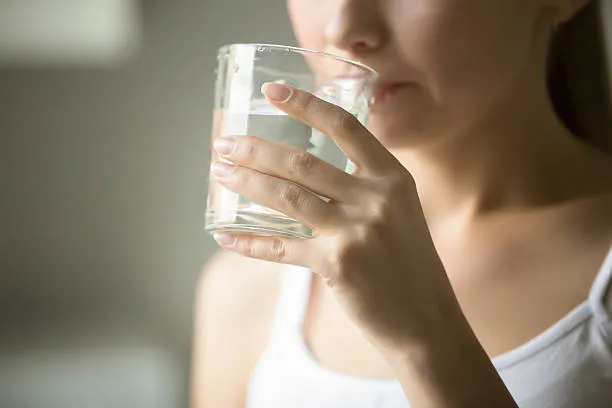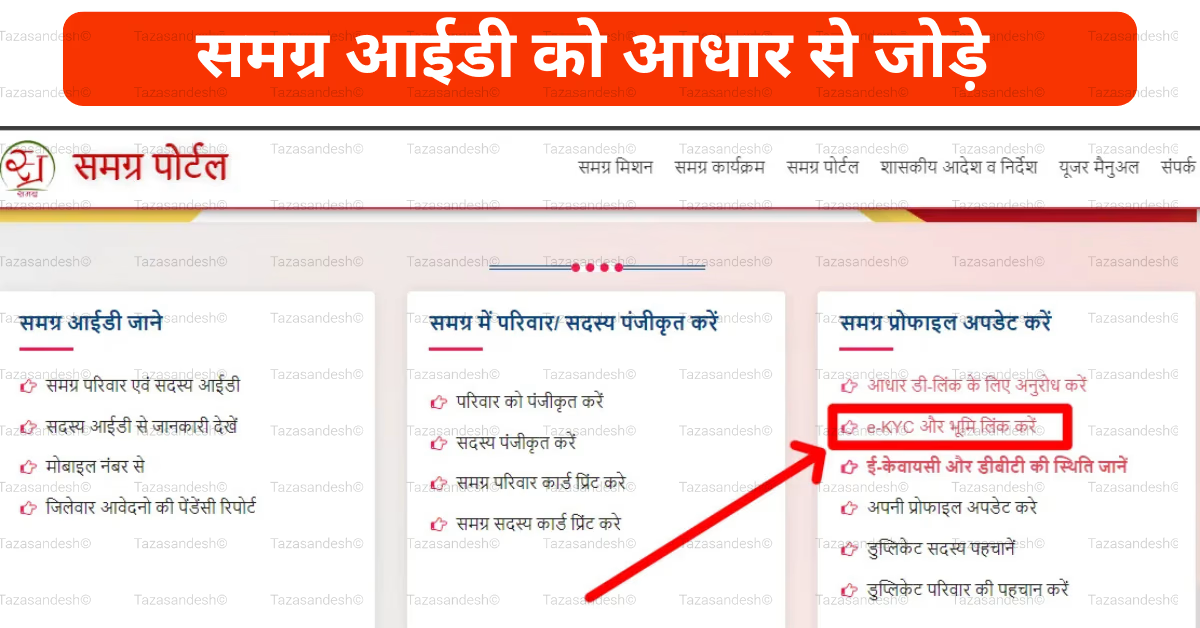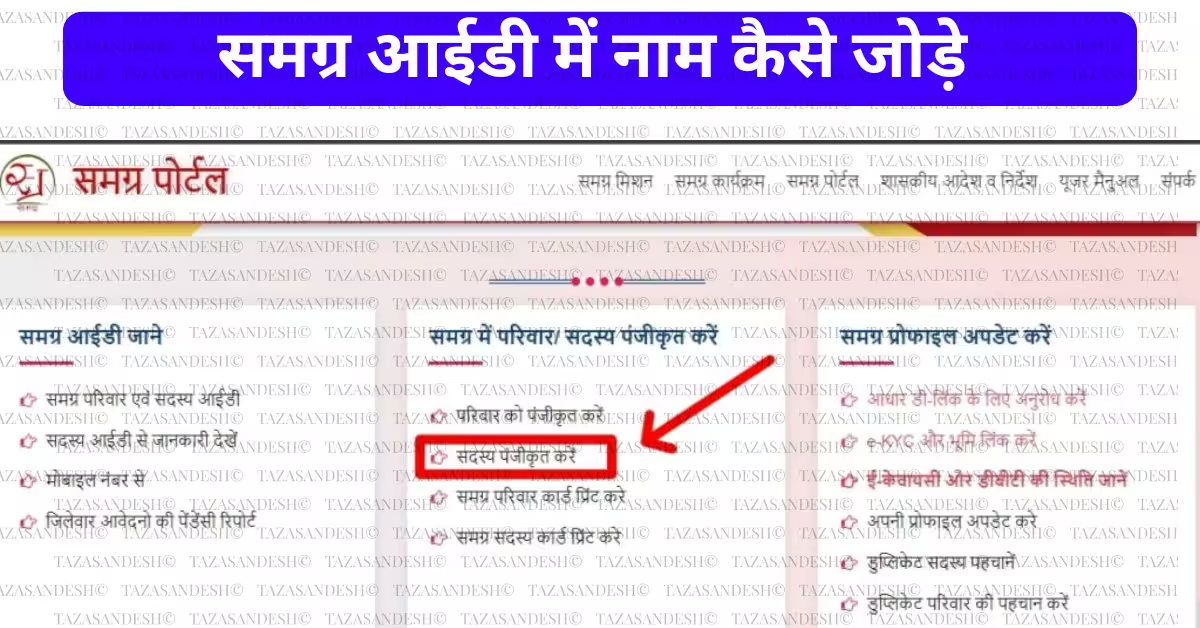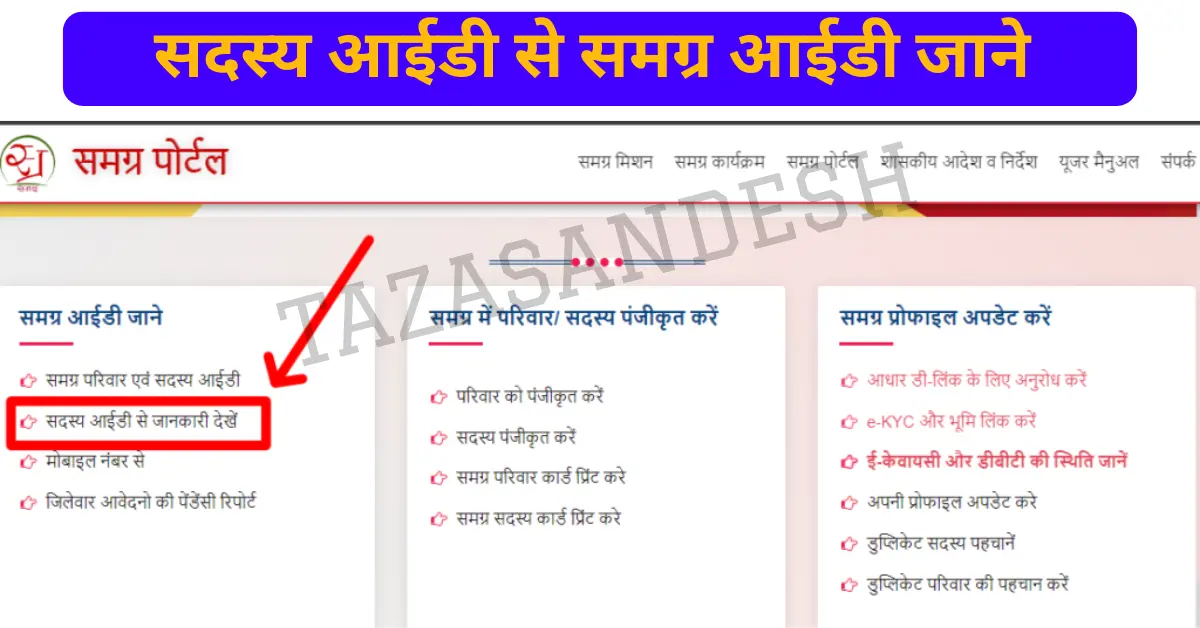Best TDS Levels for Drinking Water: Ensuring Safe and Healthy Consumption
Drinking clean, safe water is essential for good health. One important factor to check is the level of Total Dissolved Solids (TDS) in your water. TDS tells us how many minerals, salts, and organic matter are dissolved in water. Knowing the right TDS level can make a big difference in taste, safety, and overall health. Let’s explore what the best TDS levels are for drinking water and how to keep your water balanced.
Best TDS Levels for Drinking Water: What is TDS and Why Does It Matter?

Definition of TDS in Water
TDS stands for Total Dissolved Solids. It measures tiny particles that are dissolved in water, like minerals and salts. These come from natural sources like soil and rock or from pollution and human activity. TDS includes substances such as calcium, magnesium, potassium, sodium, and carbonates.
Health Implications of TDS Levels
High TDS can make water taste salty or bitter, and it may cause health issues over time. Too much mineral content might lead to kidney stones or other health problems. On the flip side, very low TDS can mean water is stripped of essential minerals, which may affect nutrition. Balancing TDS is key to safe drinking water that tastes good too.
Regulatory Standards and Guidelines
Different countries set their own rules for TDS levels. The World Health Organization suggests a tolerance of up to 1000 mg/L of TDS. In India, the ideal range is 50 to 1500 mg/L, with some recommendations for drinking water not exceeding 500 mg/L. The US EPA considers TDS levels below 500 mg/L as safe, but they don’t set a strict limit for TDS. Instead, they focus on the water’s overall quality.
Read More:
Ideal TDS Range for Drinking Water

What is Considered Safe for Drinking?
Many experts agree that a TDS level of 50 to 1500 mg/L is safe for drinking water. A common standard suggests keeping TDS under 500 mg/L for good taste and safety. Water with TDS over 1500 mg/L might taste unpleasant and could have health risks.
TDS Levels and Drinking Water Quality
- Below 100 mg/L: Very low mineral content, which can taste flat. Might lack essential minerals.
- 100-300 mg/L: Usually tastes good, with a balanced mineral presence.
- 300-500 mg/L: Still good to drink, may contain some minerals that improve flavor.
- 500-1500 mg/L: Water can taste salty or bitter. Some may find it less appealing.
- Above 1500 mg/L: Usually unsafe, too salty, and may cause health concerns.
Expert Opinions and Recommendations
Health experts recommend keeping TDS within 300 to 500 mg/L for the best taste and health benefits. The WHO suggests that water with TDS up to 1000 mg/L is generally safe, but many prefer lower levels for better flavor. Think of it like seasoning in food—less might be more enjoyable.
Factors Influencing TDS Levels in Water

Source of Water
The origin greatly influences TDS. Groundwater tends to have higher levels of dissolved minerals, while surface water from lakes and rivers usually has lower TDS unless polluted. Municipal water often undergoes treatment to bring TDS within safe limits.
Geographical and Environmental Factors
Mineral deposits underground, soil type, and pollution all impact TDS. For example, regions with limestone are likely to have high calcium levels. Acid rain and industrial waste can also increase TDS and contaminate water.
Water Treatment Processes
Filtration methods like Reverse Osmosis (RO) significantly reduce TDS, making water purer but sometimes removing beneficial minerals too. UV treatment kills germs but doesn’t change TDS. Using a mix of treatment methods can give you well-balanced water.
Seasonal Variations
Rainy seasons often dilute TDS levels, making water cleaner. During droughts or dry seasons, TDS may rise as minerals concentrate. Pollution spikes can also change TDS temporarily.
Ways to Test and Measure TDS in Water
Home Testing Methods
You can buy a TDS meter online or at a store. Simply dip the device into water, and it gives you a reading in mg/L. They’re quick, easy, and usually accurate enough for everyday purposes.
Professional Laboratory Testing
If you want precise results, labs can examine your water sample. This is especially useful if you suspect contamination or need to meet regulatory standards.
Interpreting TDS Results
A TDS meter shows how many milligrams of solids are in one liter of water. Generally, readings below 300 mg/L are ideal for drinking. Values above 500 mg/L might require treatment or testing for specific minerals or contaminants.
Managing and Maintaining Optimal TDS Levels
Removing Excess TDS
- Reverse Osmosis: Most effective for lowering high TDS; it pushes water through a semi-permeable membrane.
- Distillation: Boils water and captures vapor, leaving solids behind.
- Deionization: Uses chemicals to remove mineral ions.
Adding Minerals to TDS-Deficient Water
If TDS drops too low, you can add mineral drops or drink mineral-rich water. Some home filters include mineral cartridges to bring the balance back.
Practical Tips for Home Water Purification
Combine different methods like filtration and mineralization for a balanced taste. Test your water regularly, especially if sourcing from borewells or untreated supplies. Keep filters clean and replace them as needed to maintain water quality.
Best Practices for Consumers
Choosing Water Sources
Prioritize municipal supplies or borewells tested regularly for safe TDS levels. Avoid water from unknown or polluted sources.
Using Appropriate Filtration Devices
Find filters that reduce excess TDS while preserving healthy minerals. Check the specifications to ensure they meet your needs.
Regular Monitoring and Health Considerations
Test your water every few months, especially during seasonal changes. Seek professional help if TDS levels are irregular or if you notice taste or smell issues.
Case Studies and Real-World Examples
India’s Urban vs. Rural Water TDS Levels
Urban areas often have treated water with TDS around 200-400 mg/L. Rural regions may have higher TDS due to untreated well water, sometimes exceeding 1000 mg/L, affecting health and taste.
Successful Community Water Management
Some villages have adopted water treatment plants that balance TDS levels, providing safe, tasty drinking water. These initiatives improve health and reduce waterborne diseases.
Lessons Learned from TDS-Related Contamination Incidents
In a few cases, high TDS from industrial waste or natural mineral deposits led to health issues. Proper testing and regulation prevented extensive illness, showing the importance of monitoring TDS.
Conclusion
Maintaining the right TDS level in drinking water is vital for health, taste, and safety. Experts recommend keeping TDS between 50 and 500 mg/L for the best results. Regular testing, choosing good water sources, and using proper filtration can ensure your water remains safe and delicious. Remember, balancing minerals is like seasoning food—too much or too little can spoil the experience. Take control of your water quality today for a healthier, happier tomorrow.






